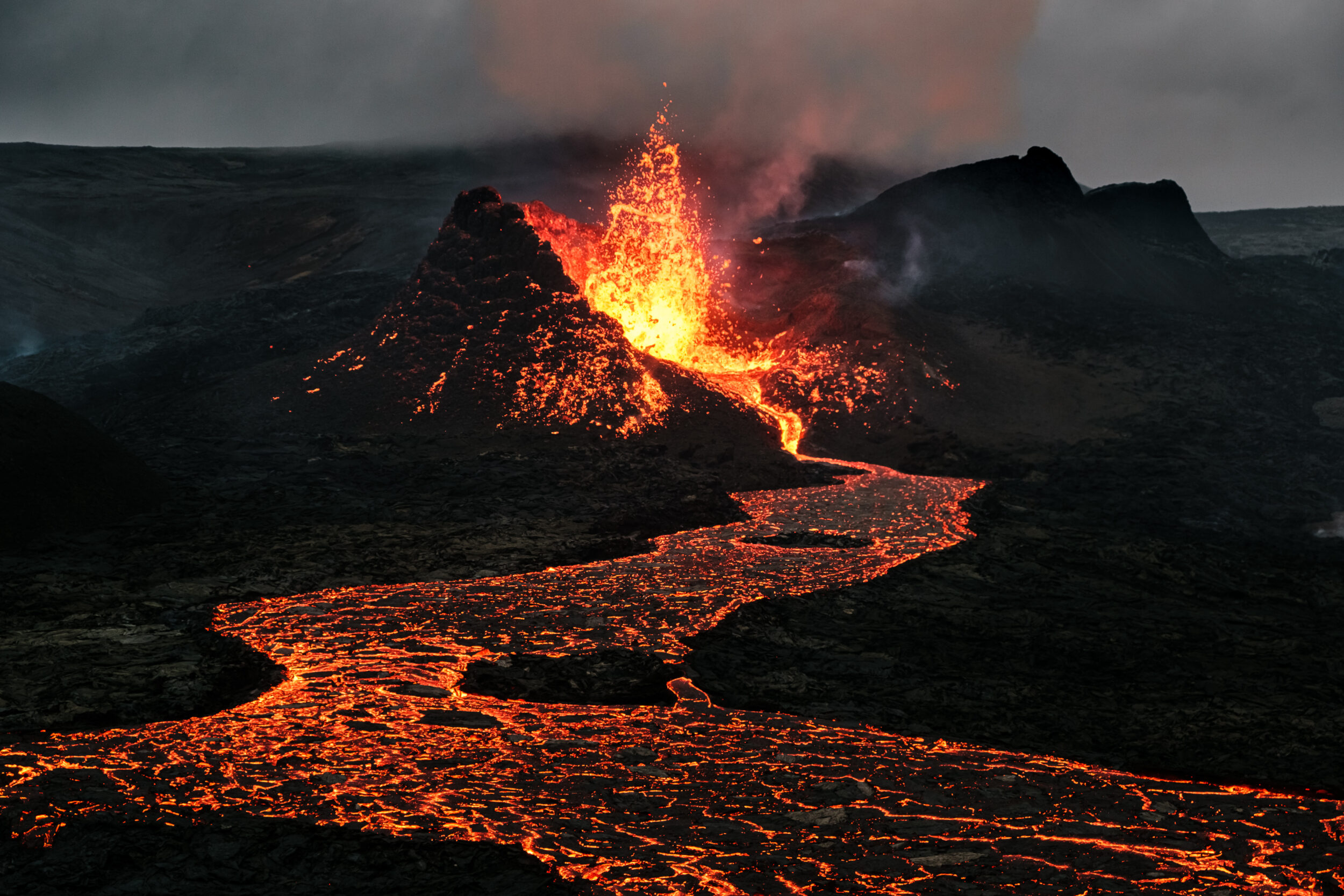It is a well-known fact that the El Niño-Southern Oscillation (ENSO) has a major impact on climate and seasons around the world. Although warming and cooling cycles are fairly regular, they are influenced by a number of factors, including volcanic eruptions. Francesco S. R. Pausata , a professor in the Earth and Atmospheric Sciences Department at Université du Québec à Montréal, is particularly interested in climate dynamics and the impact of large volcanic eruptions on climate.
Erupting volcanoes emit large quantities of sulphur dioxide, which is transformed into aerosols in the atmosphere, disrupting the climate for several years. For example, the 1815 eruption of Mount Tambora in Indonesia led to a “year without a summer” across much of the Northern Hemisphere. However, the precise mechanisms by which volcanoes affect ENSO are still poorly understood.
The professor and his team used a climate model to observe what happens when aerosols emitted by a volcanic eruption are confined to the Northern or Southern Hemisphere. They forced the model using historical data including extremely violent eruptions such as those of Tambora and, more recently, Mount Pinatubo in 1991.
The scientists found that after a major volcanic eruption, the Northern Hemisphere tends to cool more quickly than the Southern Hemisphere because the latter is covered by large oceans that retain heat longer. This difference in cooling causes the Intertropical Convergence Zone (ITCZ)—a belt near the Equator where winds from the two hemispheres meet and rise, causing tropical storms—to shift southward.
As it moves southward, the ITCZ weakens the trade winds—the steady winds that blow from east to west in the tropics—, creating conditions favourable for the development of an El Niño event.
While we await the next major eruption, which typically occurs every ten years, a better understanding of the effects of these events will lead to more accurate seasonal weather forecasts.
DOI: https://doi.org/10.69777/268559
Références
- Pausata, F.S.R., Zhao, Y., Zanchettin, D., Caballero, R., et Battisti, D.S. Revisiting the mechanisms of ENSO response to tropical volcanic eruptions, Geophysical Research Letters, 2023, 50(3).
- Ward+, B., Pausata, F.S.R., et Maher, N. The ENSO response to volcanic eruptions in the MPI large ensemble simulations, Earth System Dynamics, 2021, 12, 975-996.
- Atwood, A.R., Donohoe, A., Battisti, D.S., Liu, X., et Pausata, F.S.R. Robust longitudinally-variable responses of the ITCZ to a myriad of climate forcings, Geophysical Research Letters, 2020, 47(17).




